It’s the season of mellow fruitfulness and the Scottish Plant Recovery project team has been busy squashing the bright orange/red berries of the Arran whitebeams (Hedlundia species) to extract the small dark brown seeds within. This is laborious work and only yields a small number of viable seeds. The whitebeams produce seed by an asexual clonal process and most of the potential seeds don’t develop: a story for another post.
After working through thousands of berries, and releasing a lot of sticky fruit pulp, the promising looking seeds are dropped into a bowl of water. The ‘sinkers’ are likely to be filled with a healthy embryo and the food reserves needed to power germination. This includes the two seed leaves that are the first to appear and begin the process of photosynthesis. The trouble is that a lot of the seeds float, indicating that the space inside is empty, and they are discarded.
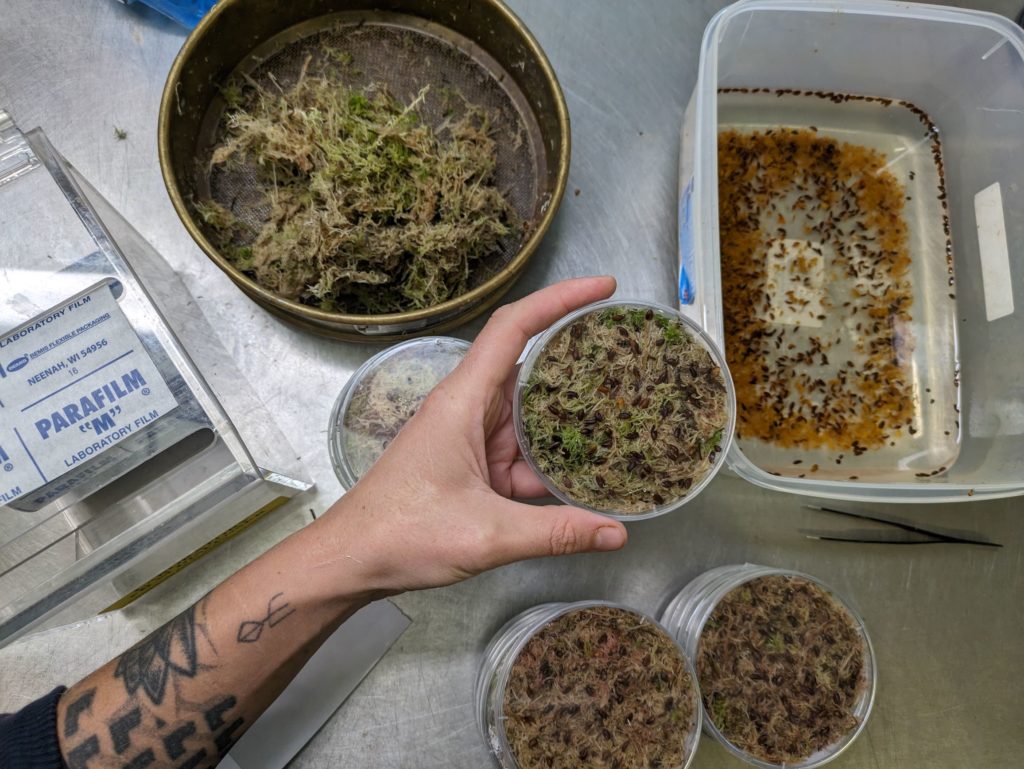
In short, the Arran whitebeams are not normal species in all sorts of ways. They are what botanists call microspecies, and each is composed of a single genetic individual – genotype. Sometimes, more than one genotype may be present in a single microspecies, but in such cases they will look extremely similar. It’s quite possible that further microspecies could be awaiting discovery on Arran.
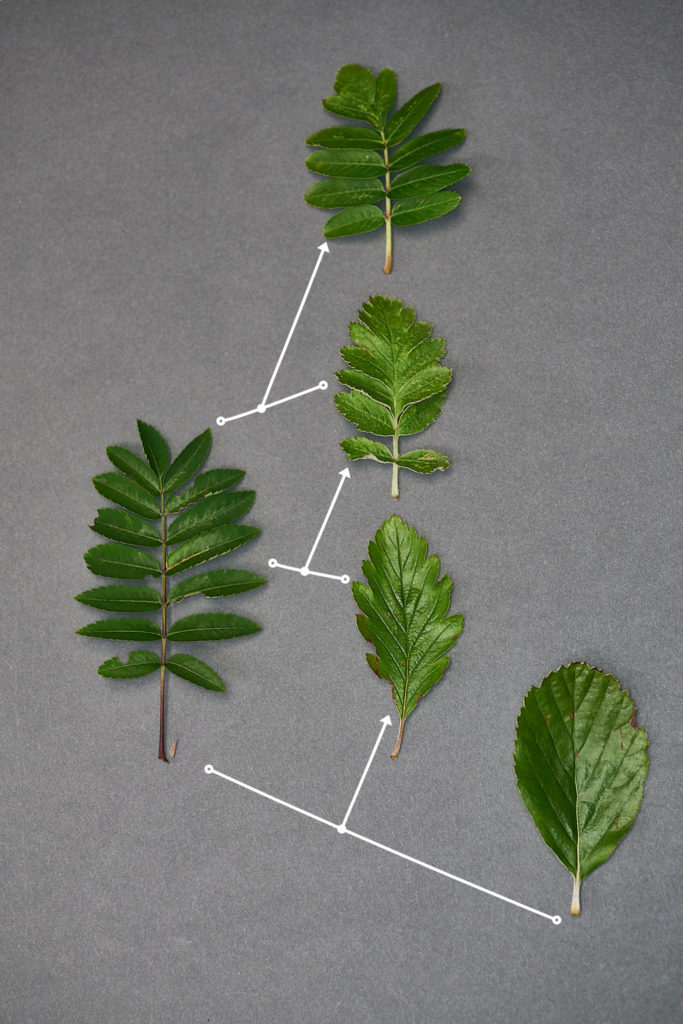
The aim of the restoration work on Arran, supported by the Nature Restoration Fund, is to ensure the process of inter-species crossing that created the Arran whitebeams in the first place is preserved. Each cross can happen repeatedly and crossing should continue to happen in future. This is because each crossing event adds genetic diversity to the population of hybrid microspecies. Some new microspecies may spread and become recognised, while others may be evolutionary dead ends that go unnoticed.
So, it is the conditions that allow crossing and subsequent regeneration from seed rather than any one microspecies that matter for the long-term future of these trees.
Recently, the Scottish Plant Recovery team has carried out fieldwork on Arran to collect whitebeam seeds from the wild. Emma and Rachel visited the key sites on the island, Glen Rosa, Glen Diomhan and Glen Catacol. They also visited Holy Isle just off the coast of Arran where a population of planted Arran whitebeams and their rarer parent the rock whitebeam (Aria rupicola) are growing.
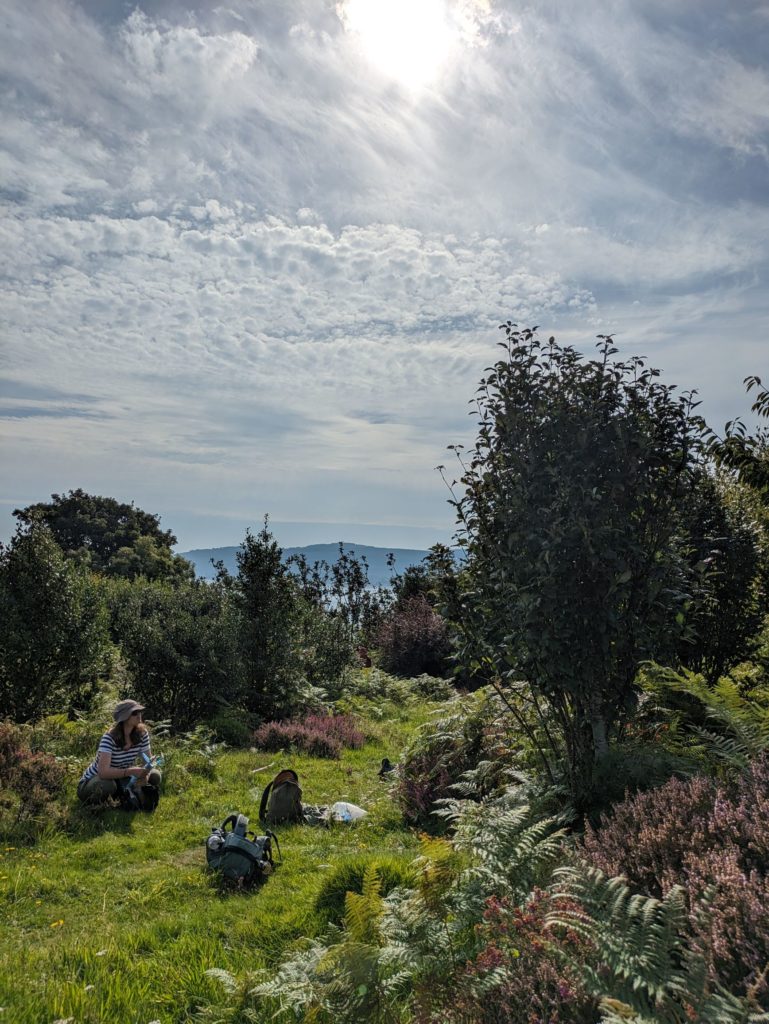
It seems it has not been a good year for fruit set on Arran. To increase the numbers of seeds the team has also been processing the berries of Arran whitebeams growing in the Garden’s living collection. Normally this would not be an option for conservation programmes as seed collected in botanic gardens is highly likely to be hybrid due to the species diversity and mixed planting of botanical collections.
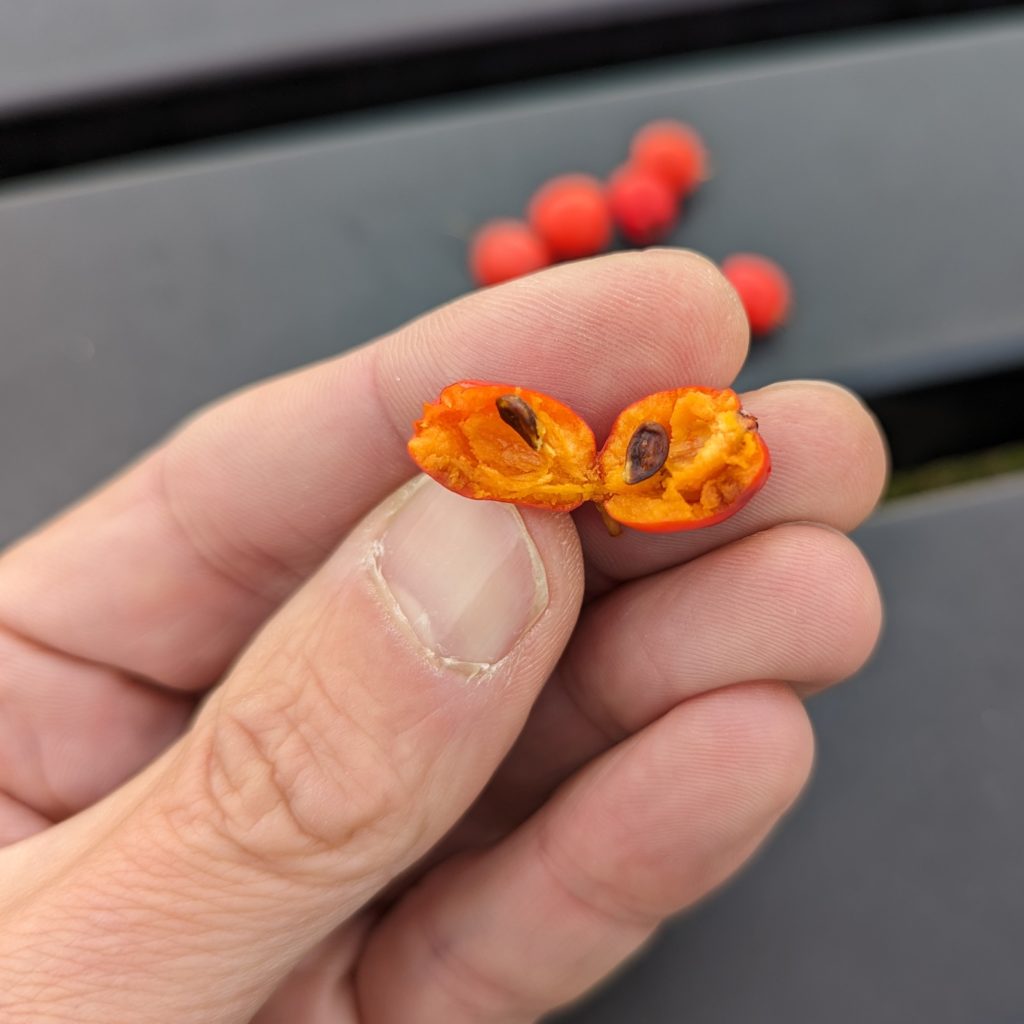
In this case the peculiar reproduction of these microspecies means that most, if not all, seeds will be clones of the mother trees – meaning they are identical to wild trees on Arran. Any ‘rogue’ hybrids among seedlings grown from cultivated seed will be obvious and can be weeded out at an early stage. As a belt and braces approach, the remaining seedlings can be genetically ‘fingerprinted’ to check they match their mothers.
Because some of the microspecies are likely to prove to be very difficult to grow from seed, the team is also experimenting with softwood cuttings and micropopagation. Both are vegetative processes that essentially begin with a cutting and result in genetic copies of the mother tree. The next generation is composed of clones identical to the seed-raised trees. So, to bulk up numbers, either approach is equally useful.
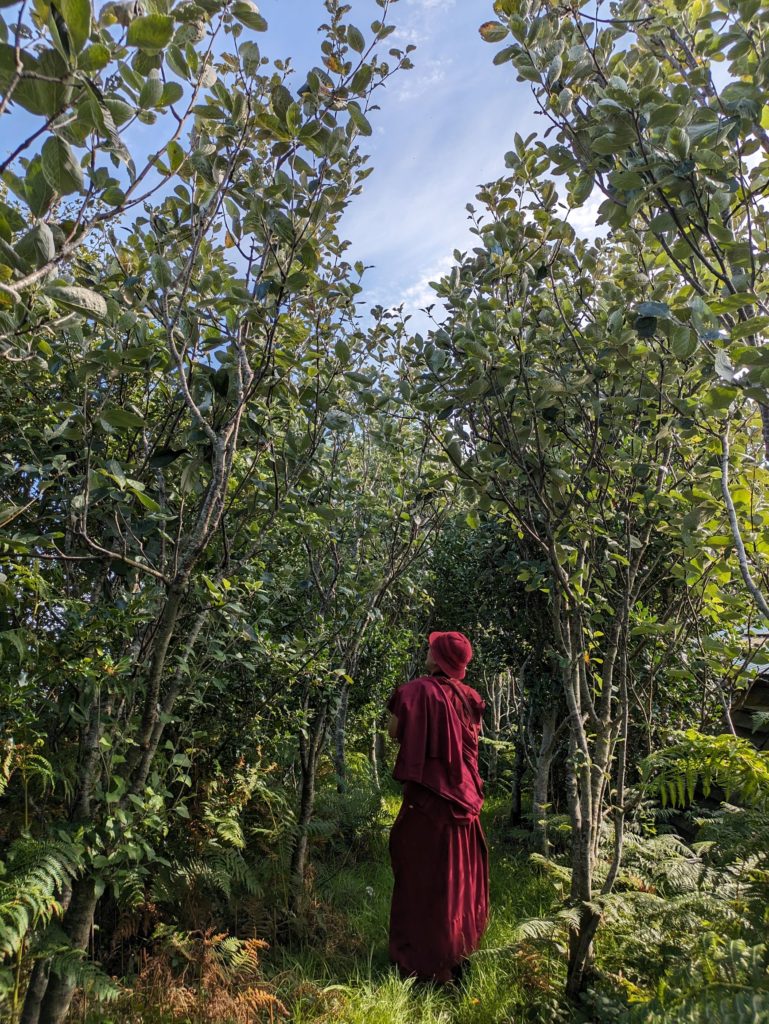
What is vitally important is that the sites the plants are returned to are free of high grazing pressure from deer or livestock. It is only when seedlings can grow on that the inevitable new genetic combinations arising from new crosses can be produced and, in a few cases, begin to spread.
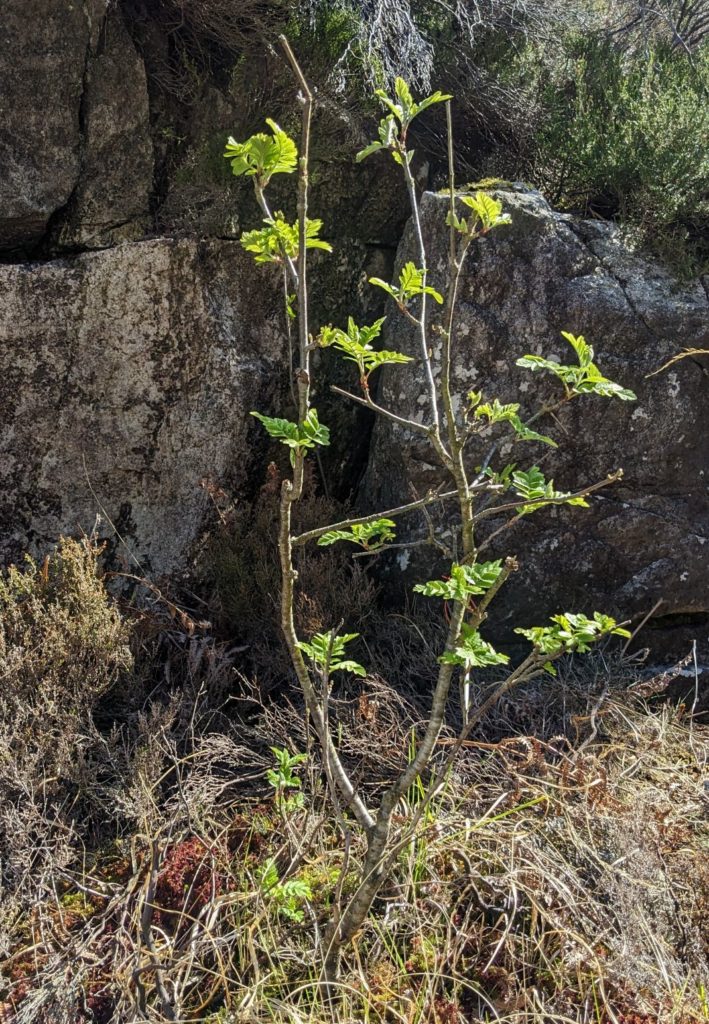
For more about the origins of the Arran whitebeams see Hedlundia in a spin.
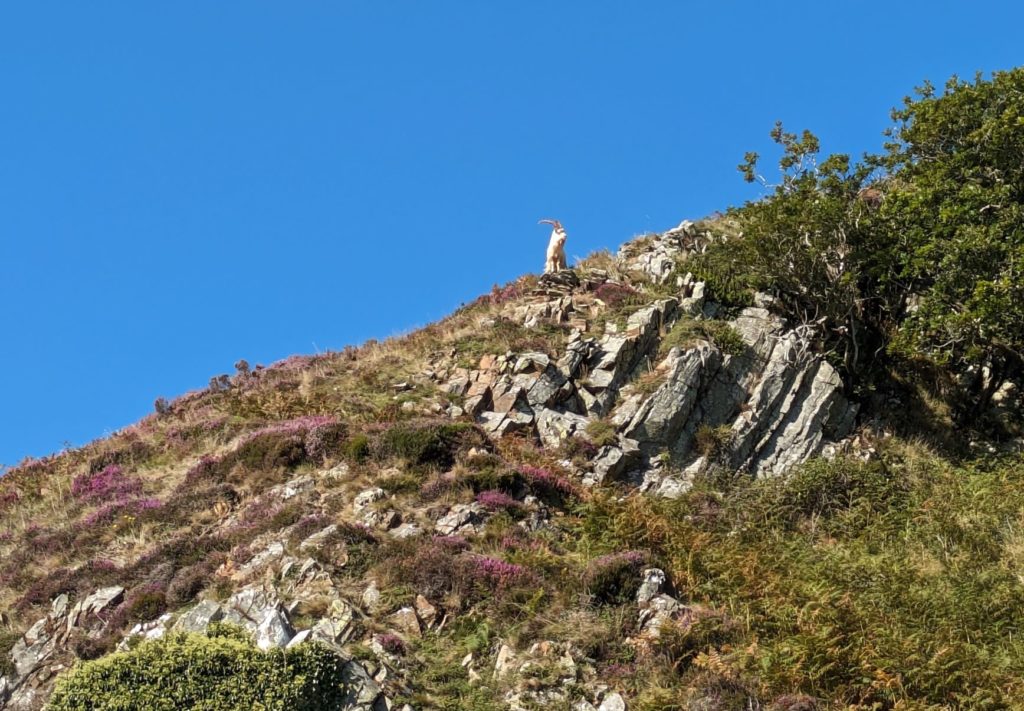


- X @TheBotanics
- X @nature_scot
- X and Facebook @ScotGovNetZero
- Facebook @NatureScot
- #NatureRestorationFund
